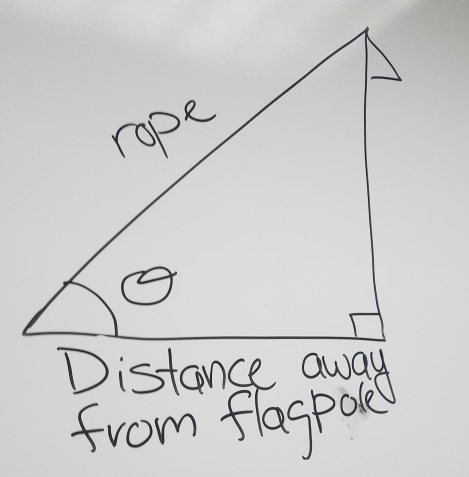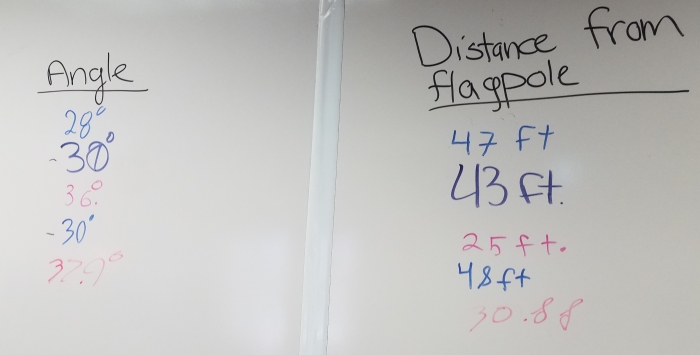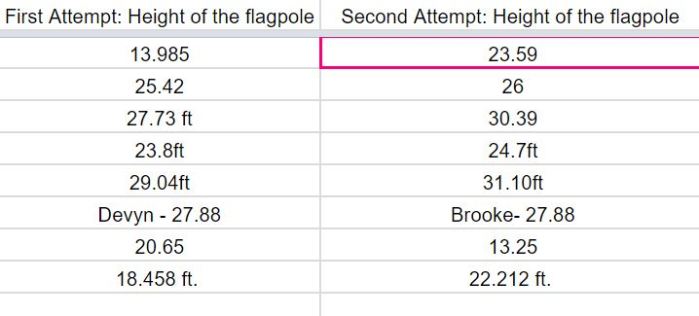I was recently asked:
I usually take a quick look at the resource and think about if and where it may fit. I may make a note to myself to consider including it when I reach the appropriate part of my school year, and put together a unit plan, then I’ll return to it and consider its appropriateness with my students to achieve a specific learning goal.
There is an abundance of resources available online of varying qualities. I usually do not jump into and investigate a new thing just because somebody pinned it or shared it on Twitter, but I am always afraid I may be missing out on something awesome. I’ve learned that if it is awesome, I’ll continue hearing about it over time and be able to benefit from learning about its implementation in other classes
I am most likely to use a resource either because I learned to know and trust the source, understand the approach and can adapt it to my style and the needs of my students (Desmos activities Shell Centre, Illustrative mathematics) or, because I read blog posts from other teachers discussing how the resource fits in their lesson the strengths and weaknesses of the lesson, what they plan to do next.
As an example: For many years, I heard about a barbie zipline lesson, but I never seriously considered incorporating it into my geometry class until I read a few descriptions of how it worked in other classes. Then I could adapt it to meet my learning goals.
My process when planning a unit:
After developing a list of learning targets for the school year and developing a high level pacing plan, I think about how students make sense of the content, and what content they already know that I can relate it to or build upon. I then sequence the learning targets for the unit. Next, I find, adapt or develop a synthesis project for the end of the unit that incorporates as much of the learning targets as possible from the unit and hopefully also draws in learning targets from previous units & grades too. Rolling cups or spiky door, for example.
After that, I look for hooks. I try to create conditions where students ask me to help them improve at the learning targets I have planned. I try to create a need to learn the thing. After that, I find, adapt, or develop application lessons where they can apply the learning targets as a culminating activity after developing basic understanding of a target – 3 acts and Mathalicious lessons fit well here.
I then lay it all out in a calendar incorporating days for direct instruction, notes, basic practice, and standards based assessments where they are appropriate. I usually build in a few unplanned days in order to allow for some flexibility throughout the unit to make space to dive into teachable moments that may arise.





















